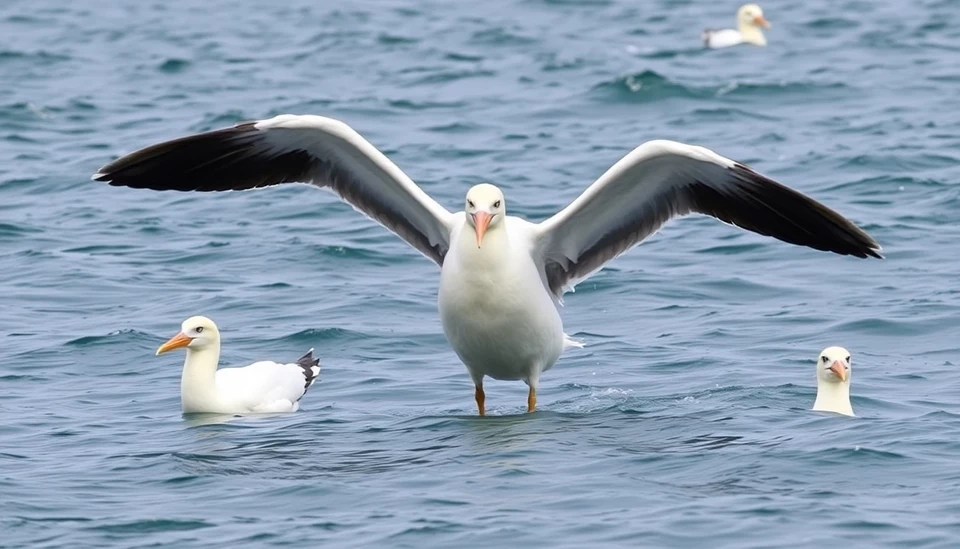
A new outbreak of avian influenza, commonly known as bird flu, has been reported at a crucial site that hosts approximately half of the world's wandering albatrosses. This troubling development has raised alarm among conservationists and biologists who are keenly monitoring the health of these majestic seabirds, which are known for their remarkable wingspan and migratory patterns.
The affected site is located on Bird Island, part of the South Georgia and the South Sandwich Islands, a remote and ecologically vital area in the Southern Atlantic Ocean. Experts believe that the outbreak poses a significant threat not only to the wandering albatross population but also to other seabird species residing in the region. This is particularly concerning given the albatross's role in the maritime ecosystem, serving as indicators of ocean health.
Authorities reported the first signs of the infection in recent weeks, prompting immediate biosecurity measures. Field teams have been deployed to assess the situation and carry out necessary interventions aimed at controlling the spread of the virus. This includes reducing human interaction with the seabirds and monitoring their health closely. The situation remains fluid as wildlife officials gather data to understand the full impact of the outbreak.
The wandering albatross, recognized for its impressive wingspan that can reach up to 12 feet, is celebrated not only for its beauty but also for its extraordinary ability to glide for thousands of miles over the ocean. However, it has been facing numerous threats in recent years, including climate change, habitat loss, and plastic pollution. The looming bird flu outbreak adds another layer of concern for this already vulnerable species, which is classified as 'near threatened' by the International Union for Conservation of Nature (IUCN).
Conservationists underscore the urgency of the situation, highlighting the need for immediate action to protect both the wandering albatross and other affected wildlife in the region. The risk of high mortality rates due to the avian influenza virus raises serious concerns about the already dwindling population numbers and the ecological balance of the area. The news has sparked increased awareness and calls for financial support to reinforce conservation efforts in the face of this crisis.
Scientists are also beginning to study the transmission patterns of the virus, attempting to determine how this strain entered the populations at Bird Island. Understanding the biology and movement of the virus is essential in preventing further outbreaks and protecting not only wandering albatrosses but also other vulnerable seabird species across the globe.
The ramifications of this outbreak extend beyond the health of the albatrosses, impacting research, conservation efforts, and the natural environment of the South Georgia Islands. A collaborative approach is necessary and requires engagement not just from scientists but also from local governments, non-profit organizations, and international bodies dedicated to wildlife preservation.
As this situation develops, the global community stands on alert, hoping for the rapid containment of the outbreak and a swift recovery for the wandering albatross population. The coming weeks will be critical as data continues to emerge regarding the virus's impact and efficiency in spreading among seabird populations.
In conclusion, this incident represents a harsh reminder of the fragile nature of wildlife ecosystems and the unforeseen challenges they face. It is essential for all stakeholders to come together and prioritize protective measures to ensure the survival of these magnificent birds and the biodiversity of our planet.
#BirdFlu #WanderingAlbatross #Conservation #Seabirds #WildlifeProtection #AvianInfluenza #SouthGeorgia
Author: Peter Collins




